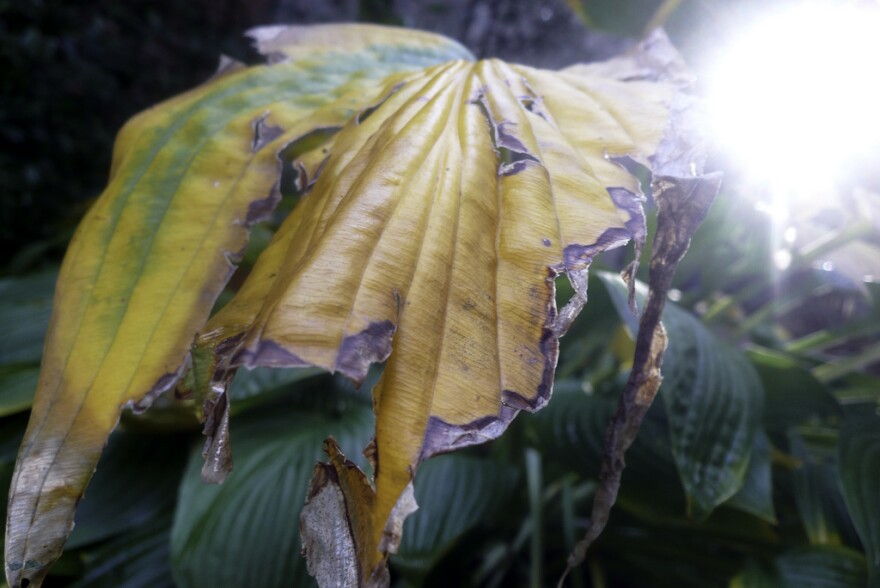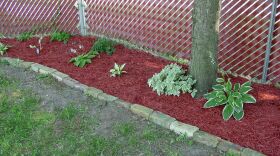The middle of the summer in Northern Colorado is characterized by sweltering heat, with daytime highs in the 90’s. That means many plants will suffer from the hot Colorado sun. While trees come equipped to respond to sweltering temperatures, smaller garden plants are more vulnerable.
Plants that have been transplanted within the past year are the most susceptible because they have limited root systems, which can dry out quickly. Sometimes their roots simply can’t take in enough water to balance the moisture evaporating from their leaves on a hot, dry day.
Sprinkle the leaves of these plants in the cool of the morning or evening. This will help reduce moisture loss through evaporation. Keep the soil evenly moist and put water close to the center of the plant to keep the original root ball moist. As the roots expand, increase the area that you water surrounding the plant.
Most of us have adjusted our watering schedule to keep up with the heat. Run drip systems more frequently and longer. The key is to re-adjust as the days get shorter and cooler.
Unfortunately, automatic sprinkler clocks aren't always re-adjusted. Once the heat breaks, a lot of plants will get over-watered. If clocks aren't adjusted when the weather is cooler, plants will get too much water.
The tricky thing with plants is that their symptoms for under-watering are similar to symptoms for over-watering. Some shrubs wilt and get brown leaves while others drop leaves when they’re over-watered. Checking the soil is the key. If it’s wet and boggy, then the water needs to be cut back or off. If the soil is dry and hard, then it’s time for thorough, deep watering.
Following these simple steps can ensure plants in the garden thrive through the hot and dry Colorado summer.






